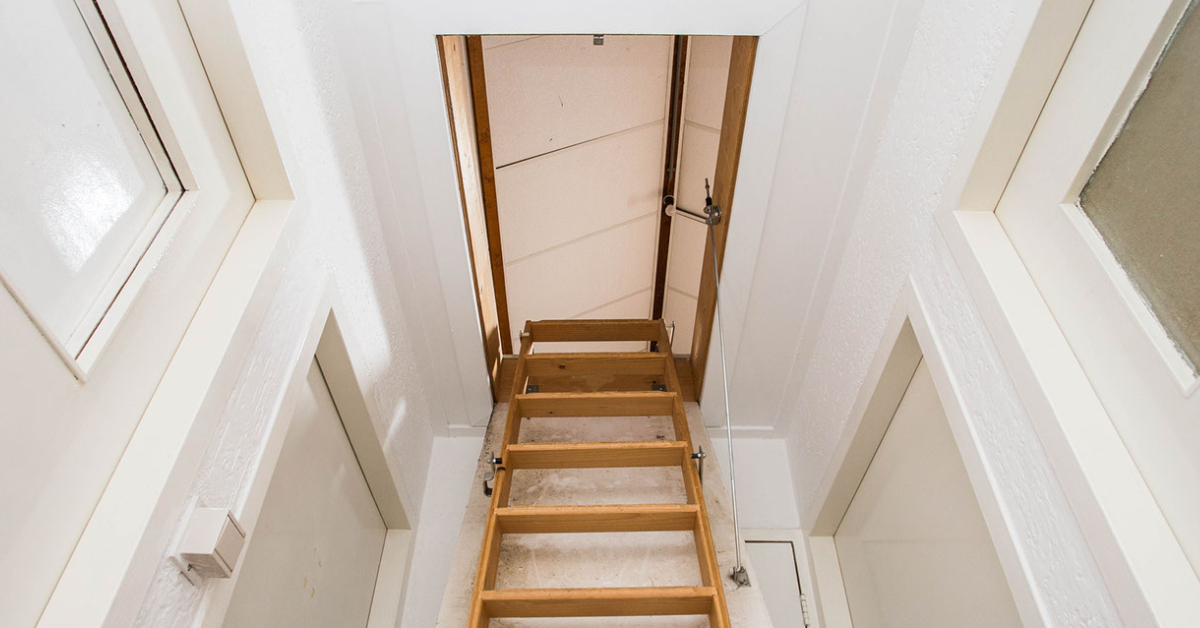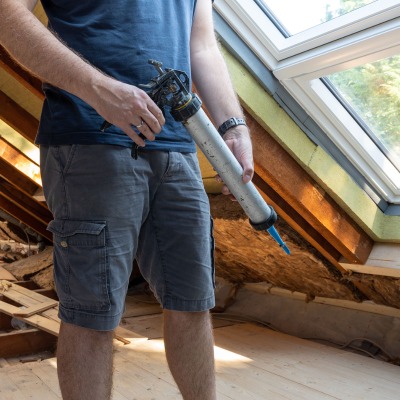Tackle the Attic

Spring is approaching, and now is the perfect time to evaluate an often-overlooked feature of your home; your attic! As a part of Spring cleaning, consider setting aside a weekend to check the insulation of your attic space.
Depending on the state of your attic, there may be simple ways to improve the efficiency of heat and cooling retention in your home for years to come. Upgrades will vary from home to home, but we can help you get a running start.
First Steps
Before you dive into attic updates, it’s a good idea to create a sketch of your floor plan. Make note of dropped soffits over kitchen cabinets or bath vanities, slanted ceilings over stairways, where walls (interior and exterior) meet the ceiling, and any other dropped-ceiling areas. These areas may have open stud cavities leading directly into the attic and can be huge sources of air leaks.
Do an overall review of the current state of your attic. If you have any of the following issues, consider hiring a contractor to correct these problems before continuing to insulation upgrades (via https://www.energystar.gov/):
- Wet or damp insulation, indicating a leaky roof
- Moldy or rotted attic rafters or floor joists indicating moisture problems
- Kitchen, bathroom, and clothes dryer vents that exhaust moist air directly into the attic space instead of outdoors
- A history of ice dams in the winter (an indication of serious air leaks)
- Little or no attic ventilation
- Knob and tube wiring (pre-1930), which can be a fire hazard when in contact with insulation
- If you have many unsealed and uninsulated recessed “can” lights, special care must be taken when insulating around these fixtures
Locate Air Leaks
Before insulation can make a difference, you need to understand the air leaks in your home. Cool winter temperatures make it easier to locate drafts that indicate openings to outside air. Use your floor plan sketch to deduct where leaks may be largest, focusing on where walls (inner and outer) meet the attic floor. While drafts are common around windows and doors, the largest leaks almost always occur in your attic or basement. Focus on sealing the largest areas, don’t sweat the tiny holes. Research proper caulking techniques and products depending on your needs.

Know Your Budget
Home advisor estimates that insulating your attic can cost between $1700 to $2100. This is deduced by the type of insulation, the square footage of your attic, and contractor or installer fees. Plan accordingly, and take a look at these resources provided by Energy Star for in depth details on projects that will fit your home and budget.
